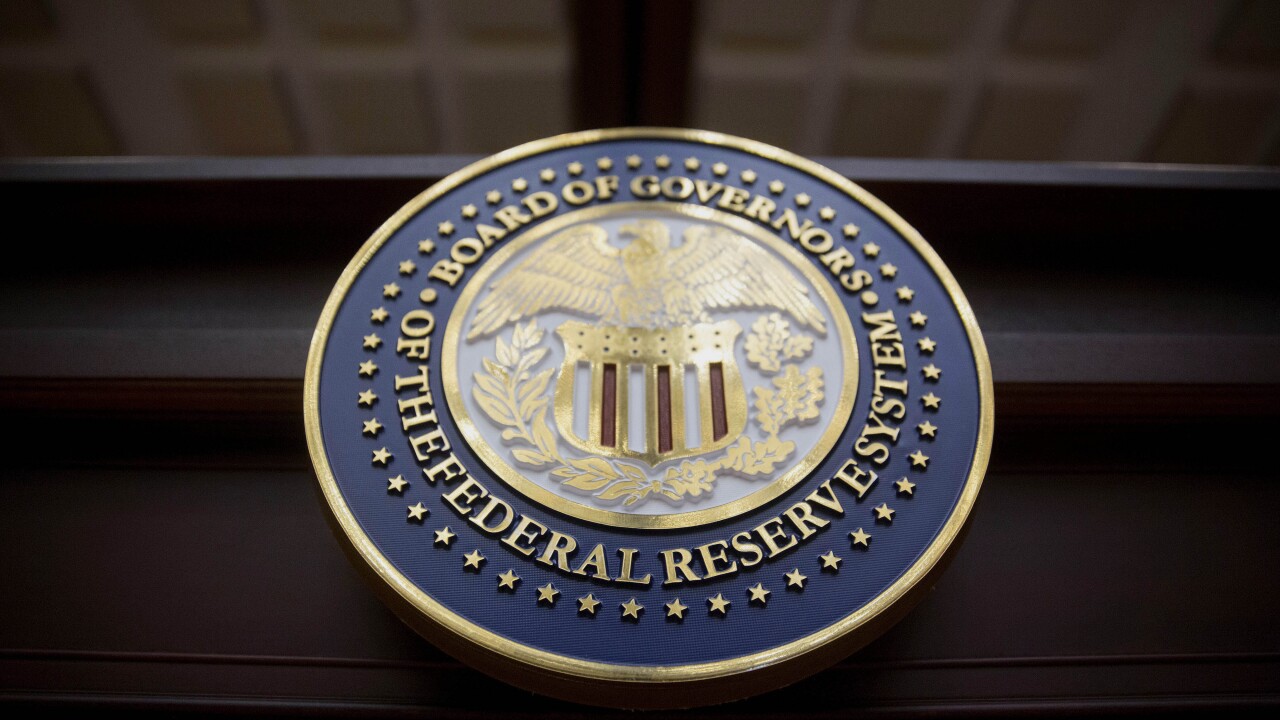
After months of cautious observation, the passage of the GENIUS Act appears to be opening the floodgates for banks and other institutions to enter
While the banking and payments sectors stand on the brink of innovation, a critical question looms: Are banks truly ready to manage the risks that come with these new products? Stablecoins, in particular, present unique challenges that could expose institutions to significant financial crime risks if not properly addressed.
From an anti-money-laundering, or AML, and know-your-customer, or KYC, perspective, stablecoins represent more than a new product — they signal a major technological shift. Banks will need to proactively evolve their AML, KYC and sanctions programs to keep pace. This is not a simple "lift and shift" of existing controls; it requires a fundamental rethinking of how financial crime programs operate in a blockchain-based environment.
The risks are not theoretical. Cryptocurrencies have historically been exploited by terrorists, drug traffickers and illicit actors to launder money. Stablecoins, with their ability to facilitate cross-border transactions without intermediaries, are particularly difficult to monitor using traditional AML controls. Many issuers and exchanges still operate with minimal or no KYC checks, creating exploitable gaps.
For example, stablecoin transactions don't always clearly link to a verified identity. A user can send or receive funds using only a digital wallet address, without revealing their real name or personal details — making it difficult for institutions to confirm who is actually behind the transaction.
Compounding the issue, many banks are still struggling to meet basic AML/KYC compliance standards. Regulatory actions in recent years — including consent orders and "matters requiring attention" — highlight persistent weaknesses, often exacerbated by limited technology enablement. This raises serious concerns about banks' readiness to adopt programs for more complex, blockchain-enabled products.
The GENIUS Act — and the forthcoming CLARITY Act as passed by the House — makes clear that regulators expect banks to expand their AML programs to explicitly cover digital asset risks. This includes enhanced due diligence around wallet address screening, source of digital asset funds and beneficial ownership for crypto-native entities.
Bankers are concerned about stablecoins gaining traction due to the passage of the GENIUS Act, and also continue to sound the alarm about the failure to resolve check fraud disputes, according to the latest quarterly survey from IntraFi.
Financial institutions will also need to implement sanctions screening and suspicious activity reporting, or SARs, tailored to blockchain-based assets. This means detailed wallet-level tracing, narrative enhancements, updated transaction monitoring and customer risk models that reflect the specific risks of digital assets.
Ultimately, this will require a rethink of anti-financial crime infrastructure to remain competitive and compliant. For institutions exploring stablecoin offerings, now is the time to assess whether their existing AML systems can support end-to-end monitoring of blockchain-based transactions. Success will depend on rethinking controls, retraining staff and embedding compliance into the foundation of their digital asset strategies.
The regulatory environment for digital assets is highly fluid, and banks face significant risks if they fail to take this seriously. The transition from the Biden administration to the Trump administration brought a marked shift in attitudes toward cryptocurrency, creating a far more crypto-friendly regulatory climate. However, this pendulum can swing back. Future administrations may reintroduce stricter oversight, particularly around AML/KYC requirements for stablecoins, and banks must be prepared to adapt quickly.
With stablecoin innovation accelerating, the momentum is unlikely to reverse, and first-mover advantages are real and significant. But innovation can't come at the expense of compliance.
Instead, risk and compliance functions must evolve in parallel with product development. These teams should be embedded in the design of stablecoin infrastructure from the outset, helping to shape solutions that are both innovative and compliant. Rather than acting as barriers, they should position themselves as strategic enablers — drawing on lessons from more mature digital programs to guide their approach.
These are transformative times for banking and payments. The institutions that modernize their AML programs to keep pace with digital asset innovation and regulatory change will be best positioned to lead — while minimizing exposure to operational, reputational and regulatory risks.






